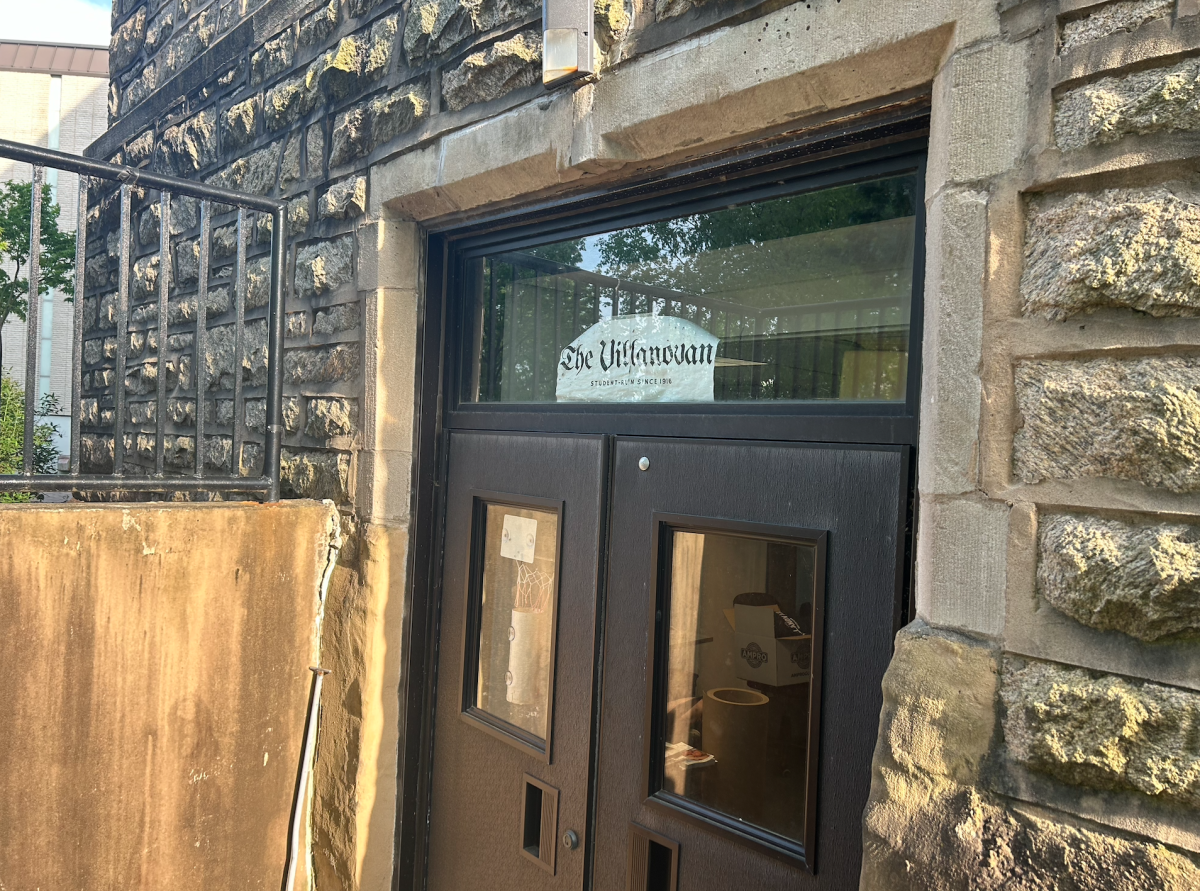Last week, President Joe Biden’s Labor Day speech sought voter support in Pennsylvania to win next year’s election. A self-proclaimed champion of unions, Biden spoke to workers in Philadelphia, despite stagnating inflation and low unemployment rates.
Pennsylvania is one of the handful of swing states that will end up deciding who wins the presidency. Coming to Pennsylvania over the three-day weekend was a critical and deliberately scheduled campaigning event for Biden.
Economics will be pivotal to winning the votes of Americans in 2024, and Bidenomics is the forefront of the campaign. In July of this year, Biden delivered a major speech to an audience in Chicago, saying that the Republican policy of “trickle-down economics” has “failed America.”
Despite this, voters seem to be unsatisfied by the Biden administration’s economic performance. Voters have repeatedly given Biden poor feedback when it comes to the economy. This has raised the question of whether Bidenomics can win in what will be another cut-throat election.
There are three pillars to Bidenomics, as laid out by the administration: “Making smart public investments in America, empowering and educating workers to grow the middle class, promoting competition to lower costs and helping entrepreneurs and small businesses thrive.” In contrast to “trickle-down” economics, Bidenomics works under the slogan of building the economy bottom-up, not top-down. Biden has defended this far-reaching policy, saying that through demand-and-supply, trickle-down economics has cost America jobs and has hurt the working class.
Over the past year, Biden, who has called himself “middle-class Joe,” has signed laws, few of which are bipartisan, that allocate billions of American tax dollars to semiconductor factories, roads, bridges and clean energy. In July, Morgan Stanley praised Bidenomics and this “boom in large-scale infrastructure” for an upward forecast in its GDP. The administration has vowed that Bidenomics is a policy that serves America’s working class, adding 800,000 manufacturing jobs to the economy. To further attest to this, the country is facing the biggest post-pandemic boost of any leading economy in the world, with inflation falling for the past 11 months.
This is not an accident nor a coincidence, the White House stated. “Rather than taking us back to the failed trickle-down policies of the past, President Biden is committed to finishing the job and continuing to build an economy that finally works for working families— with better jobs, lower costs, and more opportunities.” Lower costs and more jobs are what economists want to see, but is this too good to be true?
“As with any policy, it is important to distinguish between the stated goals and the actual implementation,” Pete Zaleski, professor in Villanova’s Economics Department, said.
Zaleski encourages us to ask two necessary questions: “Do the added government programs and government spending associated with the plan actually achieve the stated goals? And if they do, do they do so efficiently? That is, are the costs worth the benefits and are there less costly ways to achieve these goals?”
We need to ask ourselves these questions before writing Bidenomics off. However, because the economic policy is so young, it is difficult to quantify its long-term effects.
But Zaleski raised one red flag that should worry all of us: debt. Rising debt is often associated with soaring prices for stocks, property and other assets as well as stagnating economic growth.
In the past year, Bidenomics has cost $617 billion. If the administration proceeds with this current spending, federal debt will be raised higher. It has been forecasted that by 2053, debt held by the public could reach up to 181% of our GDP.
There are pros and cons with all policies, but in two words, Bidenomics is frustrating and uncertain. For many Americans, the basic costs of food, shelter and healthcare are higher than their paychecks.
For Villanova graduates, this means fewer jobs and economic opportunities. Compared to the 2020 fiscal year, American households are paying $768 more for goods and services, costs that will only rise in the coming years.
Though Bidenomics is fairer than Reaganomics, we cannot turn a blind eye to its price. One other critique of Bidenomics is that it does not solve our principal economic challenges. By pledging a “once in a generation investment,” Bidenomics is not necessarily an anti-inflation and pro-growth policy. This can be a reason as to why only 34% of the public approve of Bidenomics.
If Biden’s policy does win him another term, it will be critical that it lowers the spending of American tax dollars and curtails inflation.
So when it comes to asking the question of whether Bidenomics is the appropriate policy for America’s economy, the only answer is the cliché: “It depends.”






